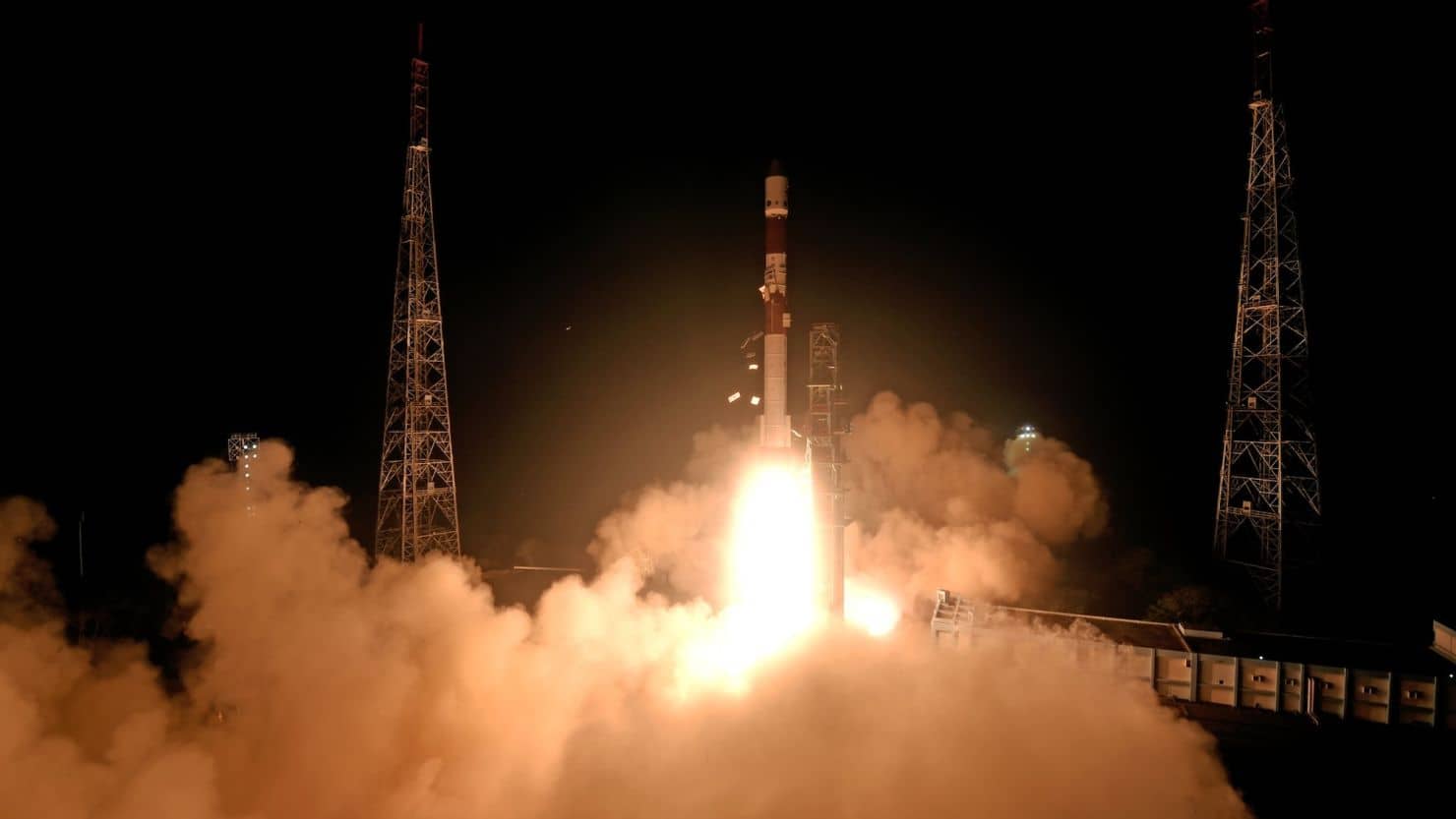Recently, the Indian Space Research Organisation (ISRO) successfully completed its first satellite docking manoeuvre, milestone in India’s space exploration efforts. This makes India the fourth country after the US, Russia, and China to achieve this capability.
What is Docking?
Historical Context
ISRO’s Space Docking Experiment (SpaDeX)
The SpaDeX mission commenced on December 30, 2024. It involved two satellites, which were launched separately, joining at an altitude of approximately 475 km. The final docking commands were executed from the ISRO Telemetry, Tracking and Command Network (ISTRAC) in Bengaluru.
Docking Process
Technical Specifications
ISRO employed a petal-based docking system, adhering to the International Docking System Standard (IDSS). This technology is crucial for future missions, ensuring compatibility with international space vehicles.
Challenges Faced
The docking process faced several delays due to the need for further validation and ground simulations. Initial attempts were aborted due to issues like drifting and accuracy. Adjustments ensured success on January 16.
India’s Docking Mission Objectives
- Space Station:
- India aims to set up the Bharatiya Antariksh Station using five modules.
- First module launch is expected to take place in 2028.
- Chandrayaan-4:
- Docking is essential for the Moon sample-return mission involving five key modules.
- Modules will perform complex docking maneuvers in lunar orbit.
- Future Human Missions:
- Likely to follow similar docking techniques for lunar missions.

Leave a Reply